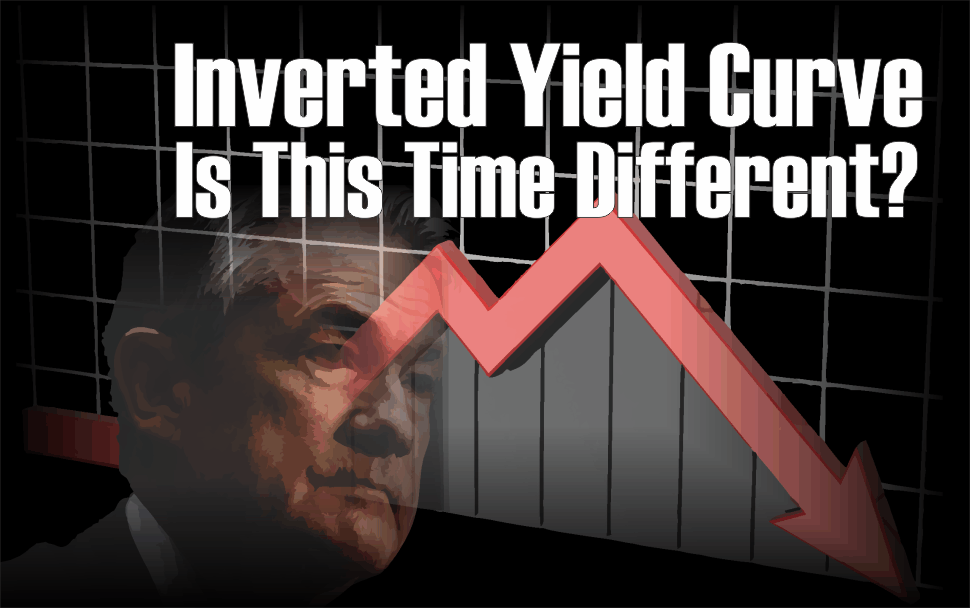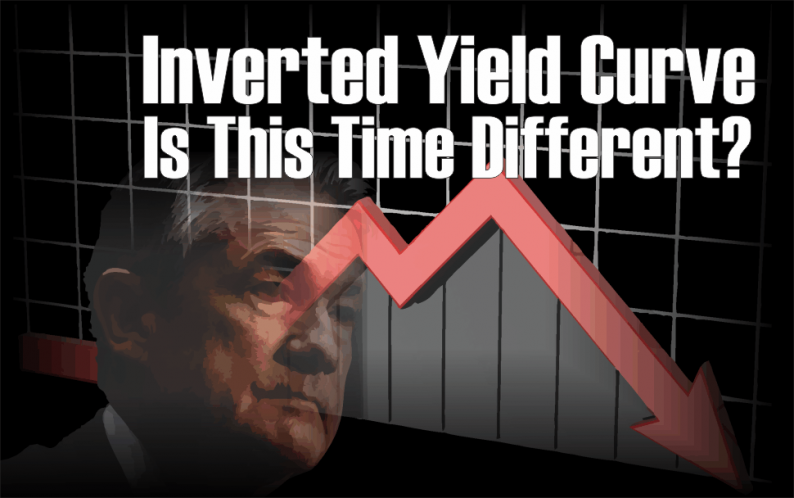
The stock market’s positive tone quickly evaporated after the expected quarter-point hike in the Fed Funds rate on March 21st. Markets love certainty; the latest rate increase was the sixth since the FOMC started raising rates in December 2015 and baked into the market cake. As such, a short relief rally ensued. With certainty past, focus shifted to Jay Powell’s first press conference as Fed Chairman.
Powell’s message wasn’t as dovish as markets hoped. A fourth rate hike was too close a consideration for this year. Projections for three rate hikes, more aggressive than expected for 2019, sent the averages negative for the day.
President Trump’s proposed protectionist policies along with a hawkish Fed proved too much, a one-two punch for markets. The S&P 500 after last Friday’s routing sat slightly above long-term support – the 200-day moving average. On Monday, markets closed improved. However, there’s still substantial follow-through required before sounding an all clear. Next test is the 100-day moving average. Can it provide support for the S&P 500?
As we mentioned at RIA last year, 2018 would be a year of volatility. Combined political and monetary-policy risks have created big moves in market volatility so far in 2018. The VIX has experienced seven sessions of one-day moves of 20% which already experienced seven sessions of one-day moves of 20%. Don’t rule out the Facebook debacle’s contribution to volatility; the stock is one of the pillars of this late-cycle bull market. The tech sector is 25% of the S&P 500 and a formidable contributor to market momentum and animal spirits.
Similar to Yellen’s optimistic stance back in December 2015 about the U.S. economic growth trajectory (which ostensibly proved false), Powell is convinced the U.S. economy is poised to require and handily absorb a faster pace of interest rate normalization.
The data screams he’s incorrect.













Leave A Comment